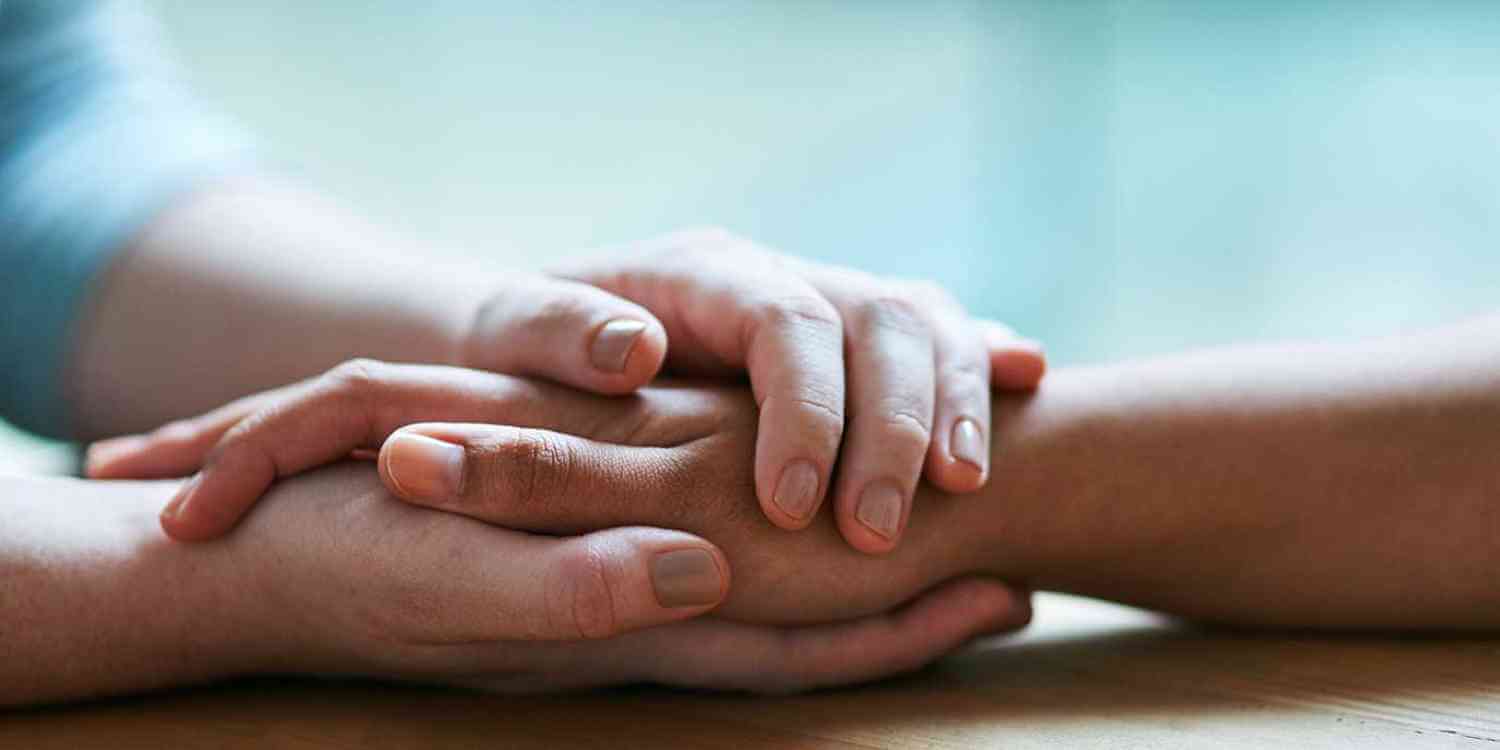The opioid epidemic is all over the news: horror stories about parents overdosing in front of their children or young athletes feeding their painkiller addictions with heroin. In 2015, there were 20,101 overdose deaths related to prescription pain relievers. Yet, the average person probably doesn’t know what the opioid crisis means for them. If prescribed an opioid medication by their doctor, should they fill the prescription? What information should the doctor be giving them? What questions should they ask to ensure their safety and that of their family?
Based on the FDA safety guidelines, the questions below can help people protect themselves before they begin taking prescription opioids from their doctor.
Why do I need this medication? Is it right for me?
There are alternatives to opioid medications on the market that efficiently manage pain. So, an individual with chronic pain should ask their physician if one of those painkillers would work for them. If the doctor still recommends taking an opioid medication, then they should ask:
How long should I take this medication?
In addition to asking about the timeframe of the prescription, patients should also ask their doctors to prescribe the lowest dose possible and in the smallest quantity needed. Patients should also schedule follow-up appointments with their doctors to go over how well the medication is working and how to taper off the medication when the time is right.
How can I reduce the risk of potential side effects from this medication?
Given that opioids are very powerful drugs that activate the same brain centers as heroin, asking about any potential risks is a must. A person should make sure they mention any other medications they are taking, ask if the opioid has serious side effects, and tell their doctor about any previous history of addiction. No one should ever assume their doctor already knows their medical history or particular risks.
What should I do with unused opioid medicine?
According to a study, among children aged one to four years, the number of opioid poisonings went up 205 percent from 1997 to 2012. For teens 15 to 19, the increase was 176 percent. Teens and young children tend to start misusing opioid painkillers at home by dipping into the prescriptions they find in their family’s medicine cabinet. So, once the painkillers are no longer needed by the person to which they were prescribed, the medication should be disposed of.
Many times, people end up having almost half of their painkillers leftover after they have stopped taking them. A common mistake people in this situation make is to keep the opioids for later use, in case their pain returns. This can be very dangerous, as family members who have access to the medication may become tempted to take it. To properly safeguard their family, a person who has leftover opioids should ask their doctor about a drug take back program near them.
Can I have a prescription for naloxone?
A person being prescribed opioids should also ask their doctor about also being prescribed naloxone, a drug that can reverse the effects of an opioid overdose. This lifesaving drug can be good to have on hand, in case of emergency.
It is important for a person to safeguard themselves and their loved ones when taking any prescription opioid medications. A person taking prescription opioids should also never consider sharing any unused portion with their friends or family. Doctors consider many factors when prescribing opioids, and it is important for a person to understand that what is safe for them might lead to an overdose for someone else.
By asking the right questions and adopting these FDA-developed precautions for opioid use, it is possible for an individual who needs opioid medications to take them safely.
If you or a loved one is struggling with addiction, Mountainside can help.
Click here or call (888) 833-4676 to speak with one of our addiction treatment experts.

 By
By 







